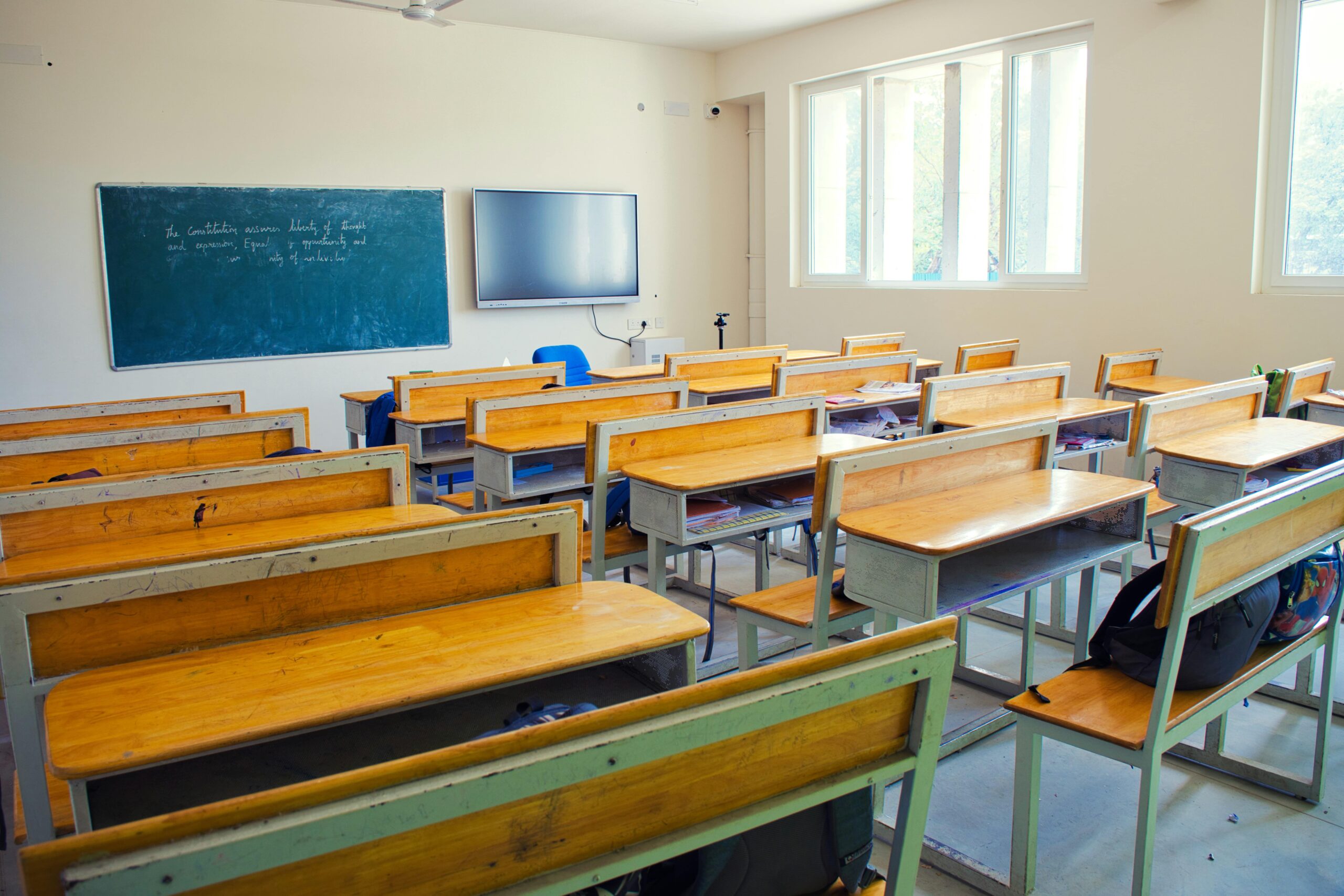As an educator, your role in championing inclusivity and diversity in the classroom is vital. Modern-day educational institutions are increasingly committed to recognising and celebrating unique cultures, languages, and experiences that each student brings. To support this celebration of diversity, teaching methods are evolving to become more culturally responsive, creating learning environments where every student feels respected, valued, and empowered to succeed
In this article, we will explore what culturally responsive teaching means, discover its key principles, and learn practical strategies to incorporate this powerful approach into your own lessons. By embracing these methods, you can help build truly inclusive classrooms where all students have the opportunity to succeed.
What is culturally responsive teaching?
In her 1994 book ‘Culturally Relevant Pedagogy: Asking a Different Question’, American theorist Gloria Ladson-Billings described culturally responsive teaching as a concept that empowers students by using their cultural referents to impart knowledge, skills, and attitudes.
This teaching approach embraces students’ diverse cultures, languages, and experiences, relating them to classroom topics. Culturally responsive teaching recognises and values students’ cultural knowledge funds, using it as a resource for developing multiple perspectives and ways of knowing. This method relies on what students are already familiar with and relates it to new concepts and ideas being taught in the classroom.
The main focuses of this pedagogy are:
- Positive interpersonal relationships with students
- Effective and dynamic instruction and assessment
- Recognising that all students learn differently due to differences in language, family structure, background, and cultural identity.
Ladson-Billings identifies three main components for educators to consider in their lessons:
- Student learning: In the context of culturally responsive teaching, student learning focuses on intellectual growth and moral development, going beyond rote memorisation or test performance.
- Cultural competence: A student’s ability to appreciate and affirm their own cultural identity, while becoming more aware and understanding of other cultures.
- Critical consciousness: A student’s ability to identify, analyse, and solve real-world problems, especially those tied to inequality.
Culturally responsive teaching is not a blanket approach to education, but a student-centred approach that leverages students’ strengths and experiences to guide teaching and learning.
This nuanced approach to education promotes inclusion for all students, ensuring they relate to the material in ways that are accessible and familiar to them.
What is inclusion in the classroom?
As an educator, understanding inclusion and its supporting pillars is essential. Inclusion means that all students, regardless of their background, gender, learning style, or ability, have equal access to educational opportunities. It’s more than just placing diverse students in the same classroom; true inclusion happens when barriers to learning are removed and teaching methods are thoughtfully adopted so all students can succeed together.
Inclusive learning environments ensure all students feel safe, valued, and respected, achieving their full potential. Teachers in inclusive classrooms use a variety of instructional approaches, such as Universal Design for Learning and differentiated instruction, ensuring that lessons are accessible and engaging for all students, not just those who fit a standard mould.
The role of inclusivity in education
Inclusion goes beyond diversity; it helps all students feel a sense of belonging and feel seen and understood. Inclusive classrooms go beyond identifying and acknowledging diversity and aim to help students thrive as confident individuals who are comfortable and confident in all learning environments.
It is important to remain aware that inclusivity is not only beneficial for those with diverse needs but also for all students. When educators actively address and eliminate negative stereotypes based on identity, ‘othered’ students become valuable participants in the classroom.
How to create an inclusive learning environment
1. Get to know your students
Build relationships with your students by engaging with them about their interests, backgrounds, and challenges. These personal connections will help you tailor lessons and support individual needs.
2. Understand how your students learn best
Students learn in different ways, making it important to employ a variety of teaching methods. The use of visual aids, practical activities and group discussions fosters engagement and addresses different student needs.
3. Utilise prior knowledge
Making use of students’ existing knowledge funds validates what they bring to the classroom and strengthens their understanding of new topics. This gives students the opportunity to relate new material to their respective contextual backgrounds and experiences, helping them understand material in a way that best suits them.
4. Encourage interaction and discourse
Collaboration is the pathway for discussion and understanding. Group work is an essential tool to foster empathy, respect, and a sense of belonging among students.
5. Anticipate and navigate sensitive issues
Stereotypes are harmful to all students and have no place in any classroom. Actively anticipating and addressing sensitive issues creates an inclusive and respectful environment where discourse and understanding are used to challenge perceived notions.
6. Provide additional support
Ensure that all students receive the support they need to access the materials being taught. Support includes adapting resources and involving families and communities in the educational process.
Change the approach to inclusive education with QUT Online
Culturally responsive teaching and inclusion are important for creating learning environments where every student can succeed. By embracing cultures, languages, and experiences, and by ensuring equal access and respect for all, educators build classrooms that empower every learner.
If you are ready to be an educator who fosters change and drives empowerment in your students, apply for your dream Education Qualification and let us help you create better classrooms. For any questions on our education course offerings or online study in general, contact one of our Course Consultants at 1300 104 196, and we will be happy to get your academic career started.
